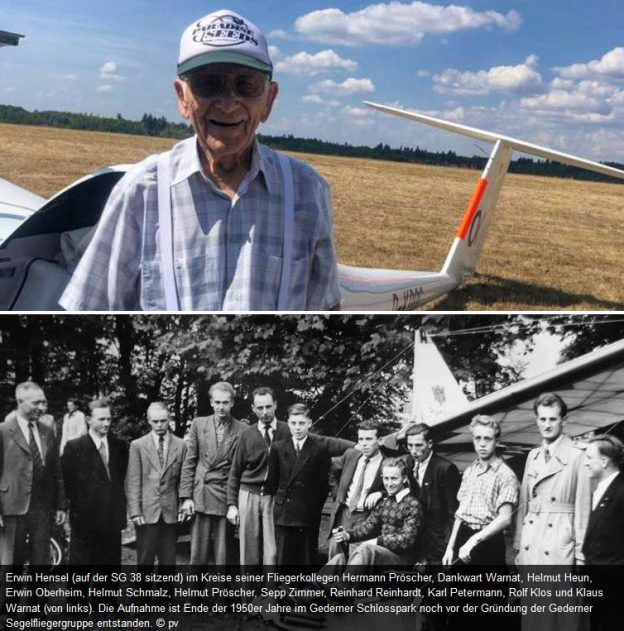One thing that is said time & time again is that the greatest improvement in our achieved cross-country speed will come from increasing our average rate of climb, but how can we work towards this? Practice makes perfect, of course. In all reality, once a thermal has been found and centred, most pilots will climb at around the same rate, and most gliders are reasonably similar in performance. So are others doing to improve their speeds or enjoyment of the skies that you might not be? What are they looking for, and what techniques are they using to help find these stronger thermals?
Feel & Hear the Airflow
Using the „feel“ of your glider is probably the greatest factor in successfully finding good climbs. Being familiar with your glider is vital, as is a basic understanding of thermal structure. Fortunately, this understanding does not need to be too technical, put in 20% effort on this & you’ll get an 80% reward – so it is useful to know what a typical airflow pattern around a thermal is likely to be. What does this airflow feel and sound like inside your cockpit? Let this last sentence sink in for a bit, and reread it.
The transition from Sink to Lift
Dead & heavy, that’s the feeling of the sink surrounding a lift area. As you progress closer to the lift, you will pass through the turbulent zone where some strong shear occurs between the sink and the lift. This area will feel bubbly, transitioning from a down indication to what we are looking for, the up part! Shortly after this turbulence, you will feel a strong, smooth surge (quite often, you’ll sense the glider accelerating, and the ASI will show that you are) as you enter the main laminar flow of the thermal core. The cockpit should sound quieter. When you’re in the core, too, you’ll notice that the controls will feel like they are ‚biting‘ the air & working better than usual. This is because the airflow over them is smooth and organised.
These indications will only occur as described if you manage to fly directly into the centre of the thermal! But often, this doesn’t happen, so what is important is to recognise quickly where you are in relation to the good bit by feeling the characteristics of the air you are in. Turn towards the rising wing, but not always. This is so obvious. Hold the stick lightly & keep the vario noise low; it is impossible to hear the airflow around the cockpit when it’s too loud; finally, look up and outside. Look, listen and feeeeeel. This is not easy and takes time and dedication to master, but any effort you put in here will be rewarded.
Moving from Bubbly to Smooth Lift
For example, if the day provides regular six-knot climbs and has flown under a promising fresh cumulus, you are rewarded with an erratic four that feels rather bubbly. The well-in-tune pilot will realise that there is a good climb quite close but that they are currently positioned in the shear layer on the edge of the thermal core. First of all, they will recognise this by carefully paying attention to the feel of the different parcels of air as they circle up, building the picture as to which direction they must move to find the best lift. This may be just a moment of smooth air to centre towards or a section of the turn that is more turbulent to move away from. This is certainly not easy; it takes a very subtle feel and intense concentration. The good news, we can all learn to do it. Other gliders nearby are good measures, don’t be too proud to go over to them if they are going up faster. Use the time to lock in the lesson as to the feelings & sounds you get along the way to – free training. Always look for that smooth, laminar core that gives a big push from below. Happy climbing! Source: ‚Wings & Wheels‚.



